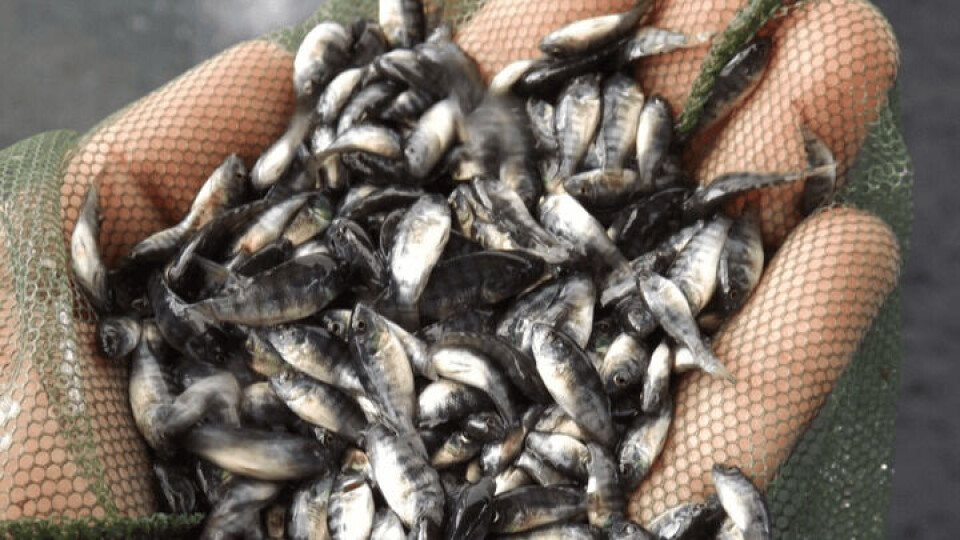
QTL discovery opens way for disease-resistant tilapia
Aquaculture genetics, health and technology company Benchmark has announced the discovery of a significant quantitative trait locus (QTL) for Streptococcus iniae resistance in Nile tilapia.
Streptococcus infections are among the most critical disease challenges in tilapia production and the technological breakthrough presents a significant opportunity for the industry to reduce streptococcus infections and the use of antibiotic treatments, the Sheffield-based company said in a press release.
Benchmark’s genomic analysis from controlled disease resistance trials has shown that a significant proportion of the genetic variation for resistance is caused by a small region of DNA – a quantitative trait locus or QTL. Benchmark has made a patent application in relation to its discovery.
Salmon industry knowledge
The QTL identified will be used to select broodstock with high levels of S. iniae resistance for the production of commercial fry. Currently Benchmark selects broodstock for improved resistance to Streptococcus agalactiae using genomic selection, and for resistance to S. iniae by marker-assisted selection using the S. iniae QTL.
Benchmark said this is the first time that a significant QTL for disease resistance in tilapia has been identified and used for commercial breeding and represents an important step forward in the genetic improvement of tilapia and in combating its most pressing disease challenges. Benchmark’s commercial Spring Tilapia fry will be available to producers during early 2020.
Chief executive Malcolm Pye said: “This is a major step forward for the tilapia industry. We have seen first-hand how devastating Streptococcus is to the industry and with the introduction of this new technology we can drive significant productivity and sustainability improvements for our customers.
“In arriving at this breakthrough our international teams of geneticists have transferred knowledge from our well-established breeding programmes in Atlantic salmon which has shown to be of great benefit to the tilapia industry.”
Years of investment
Morten Rye, genetics director for Benchmark Genetics, said: “This breakthrough in tilapia genetics is the result of many years of investment and commitment to bringing state-of-the-art breeding technology to this important farmed species.
“Today global tilapia production exceeds six million tonnes and we believe that this breakthrough will allow the industry to continue to grow to produce more of this cost effective, high quality protein source for humanity. Benchmark’s Spring Genetics team is excited to be heralding in a new era in tilapia breeding.”























































